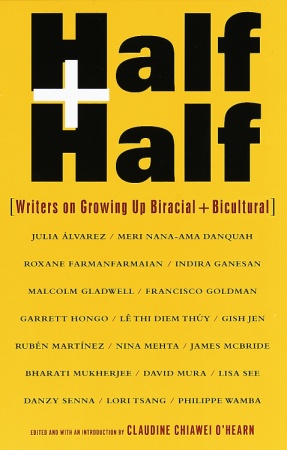The Impossibility of Return: Black Women’s Migrations to AfricaPosted in Anthropology, Articles, Autobiography, Identity Development/Psychology, Media Archive, Social Science, Women on 2010-02-16 01:11Z by Steven |
The Impossibility of Return: Black Women’s Migrations to Africa
Frontiers: A Journal of Women Studies
Volume 27, Number 2, 2006
pages 54-86
E-ISSN: 1536-0334 Print ISSN: 0160-9009
DOI: 10.1353/fro.2007.0009
Piper Kendrix-Williams, Professor of African-American Studies
The College of New Jersey
I was on an international flight, traveling from New York to Paris, when an older French woman inquired about my origins. She began with the questions about where I was from that seem to attend many trans-Atlantic encounters, deftly moving from geography to race when seemingly exasperated by my answers of America, Connecticut, and, finally, the place of my birth, Atlanta, Georgia. She finally asked, “But where were your people from before that?” Clearly she was asking about social or racial origins, not national ones. I told her I was African American with African, European, and Native American ancestry, but because I could trace back seven generations in the U.S., I could not tell her where “my people were from before,” although Africa seemed a good if not vague and oversimplified answer. Of course, I had to wonder, “before” what, the Atlantic slave trade, miscegenation, (un)forced migrations, returns and departures? This woman’s need to know my race exemplifies the preoccupation many people have with origins, other people’s as well as their own. It is as if she felt that when she could identify me within an established place or origin, she could then “know” me. Thinking of it in this way almost immediately becomes problematic, for it revolves around fictions of identifiable origins and consequently complicates for personal, individual identities that recognize the intersectional nature of race and gender.
The idea that people’s origins are somehow clear and not clouded by diverse histories, migrations, and relationships is for me a romantic (read: unrealistic) one, especially for blacks in the African diaspora, for whom “Africa” the continent, and not a particular nation, must be the answer to the question: “Where were your people from before?” As complicated a notion as the idea of identifiable origins is for me, many people who locate themselves in a larger diaspora engage in just this kind of thinking…
Read or purchase the entire here.

